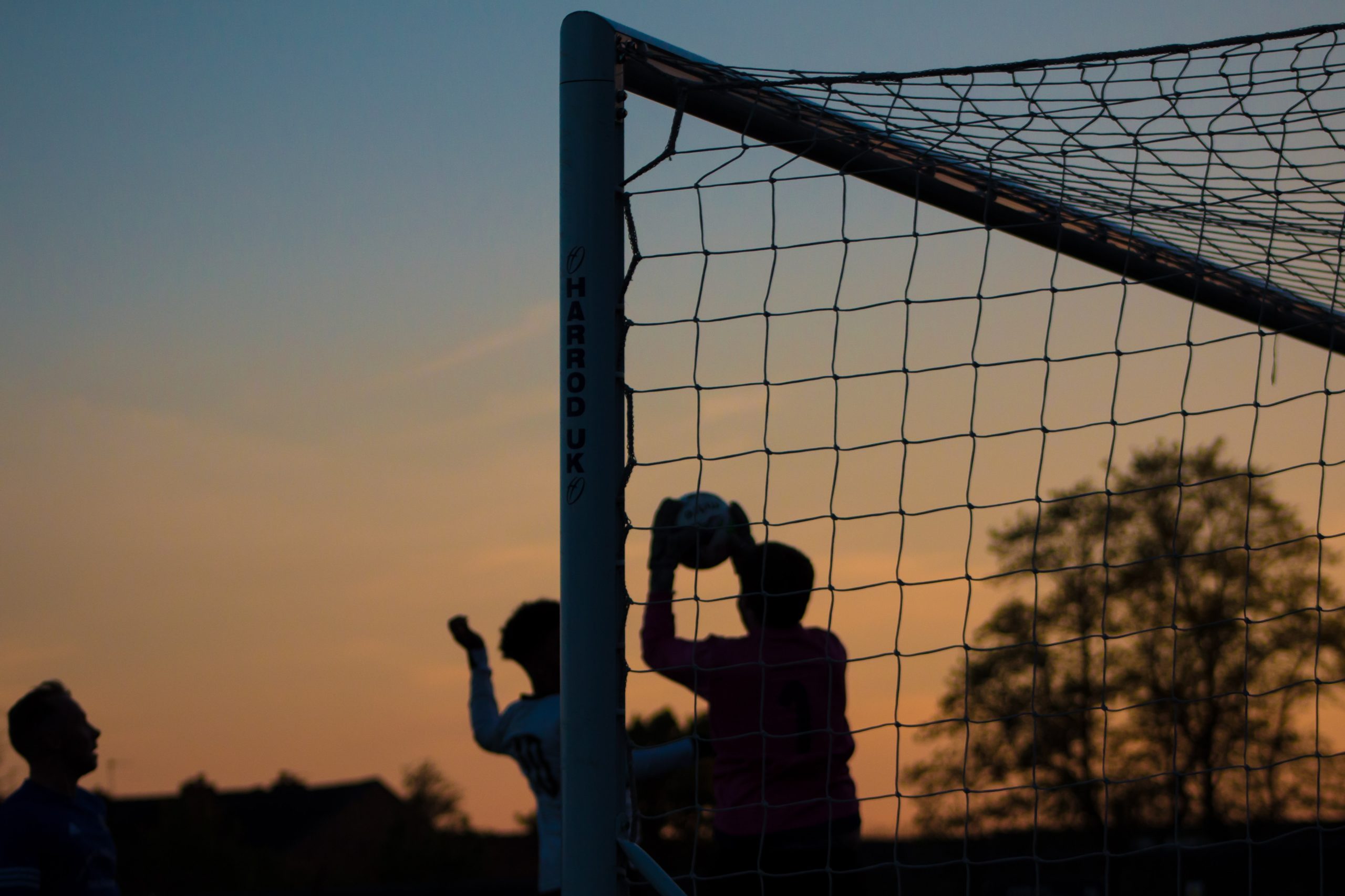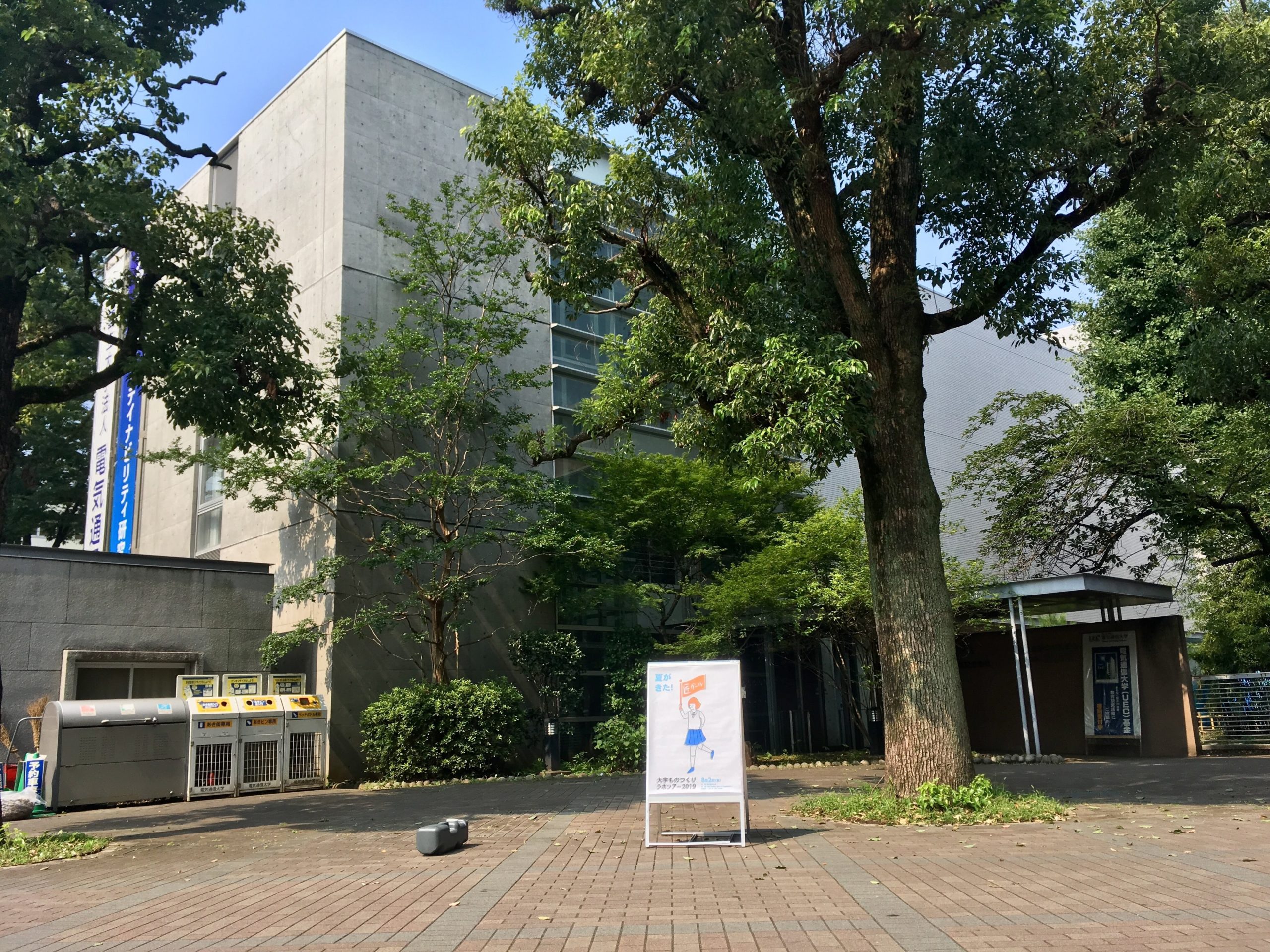1. Have You Heard About “Bukatsu” (部活、ぶかつ)?
If you’ve ever watched Japanese anime or dramas, you may already be familiar with the term “Bukatsu” (部活、ぶかつ). In these stories, Japanese students are often portrayed practicing sports, playing musical instruments, or engaging in artistic activities as part of their school clubs. These depictions often emphasize extracurricular activities over academics.
But how accurate is this portrayal?
In reality, while Japanese students do have academic responsibilities, their involvement in “Bukatsu” often plays a central role in their daily lives.
Reflecting on my own experience, I used to arrive at school early in the morning to practice football before classes began. During the day, I often struggled to stay awake in class due to exhaustion from early practice. After school, we would train for hours, and even after the sun set, we continued playing under the building lights, using balls painted with fluorescent colors.
We were given only one day off from “Bukatsu” each month. Otherwise, our schedules were packed with daily commitments.
Looking back, I now understand how demanding the job of Japanese teachers can be. They are responsible not only for preparing and teaching lessons but also for supervising and instructing students during “Bukatsu,” often beyond their official working hours.
This was the reality of my life as a student.
2. Mandatory Participation in “Bukatsu” for Junior High School Students
You might assume my dedication to football stemmed from a lack of interest in academics. While it is true that my focus was heavily on “Bukatsu,” I am now pursuing a master’s degree at a national university because I genuinely enjoy learning.
So, why was I so deeply involved in “Bukatsu”?
The truth is, participation in “Bukatsu” is deeply ingrained in Japanese educational culture. Particularly in rural areas, junior high school students are often required to join a “Bukatsu” team as part of their school life.
Although I genuinely wanted to play football, I didn’t want to dedicate every single day to it. However, conforming to this norm was expected, and opting out wasn’t seen as acceptable.
3. The Reasons High School Students Continue “Bukatsu”
Unlike junior high school students, high school students are not obligated to join “Bukatsu.” Still, many choose to continue, and their reasons vary.
Some students, especially those in sports clubs, are referred to as “Taiku-Kei” (体育会系、たいいくかいけい). This term describes individuals who are known for their physical strength, patience in the face of challenges, and respect for their seniors.
Interestingly, large Japanese corporations often favor hiring “Taiku-Kei” individuals because they are perceived as disciplined and resilient. Excelling in “Bukatsu” can even help students gain admission to prestigious universities or secure positions at prominent companies.
However, not all students have such ambitions. In my case, I wasn’t skilled enough at football to use it as a stepping stone to higher education. I joined “Bukatsu” largely because I wasn’t sure what else I wanted to do. Like many others, I believed that improving my skills in football would lead to a more fulfilling life.
Many students find themselves tying their self-worth to their club activities. Over time, they may realize that success and happiness in life are not solely dependent on their performance in “Bukatsu.”
4. Preparatory Schools for Students Who Focused on “Bukatsu”
Since I spent most of my time on “Bukatsu” during high school, I wasn’t academically prepared to pass university entrance exams.
In Japan, students who didn’t study enough in high school often enroll in special preparatory schools called “Yobikou” (予備校、よびこう). These schools, commonly located in major cities, help students prepare for university entrance exams over the course of a year or more.
Attending “Yobikou” is referred to as “Rounin” (浪人、ろうにん) in Japanese. After spending time at a “Yobikou,” I was finally able to gain admission to the university I now attend.
5. The Changing Role of “Bukatsu” in Modern Japan
In recent years, the traditional structure of “Bukatsu” has been undergoing significant changes. Teacher burnout and overwork have become pressing issues in Japan, leading to a sharp decline in the number of young people aspiring to become teachers.
As part of workstyle reforms, efforts are being made to reduce the burden on teachers by delegating “Bukatsu” supervision to other professionals, allowing teachers to focus more on their primary duties. As a result, the culture of both students and teachers being heavily involved in “Bukatsu” outside of regular school hours is gradually diminishing.
Moreover, there has been a notable shift toward community-based sports education. Increasingly, individuals are running regional sports clubs as side jobs, providing alternatives to school-based “Bukatsu.” This transition is allowing children to participate in sports and other activities through local clubs rather than relying solely on school-organized programs.
While spending one’s school days immersed in “Bukatsu” may seem extreme, it can still offer valuable experiences and life lessons. However, as society evolves, the emphasis on balancing extracurricular activities with individual independence and well-being is becoming more pronounced.
Selection deleted



Comments
nice article